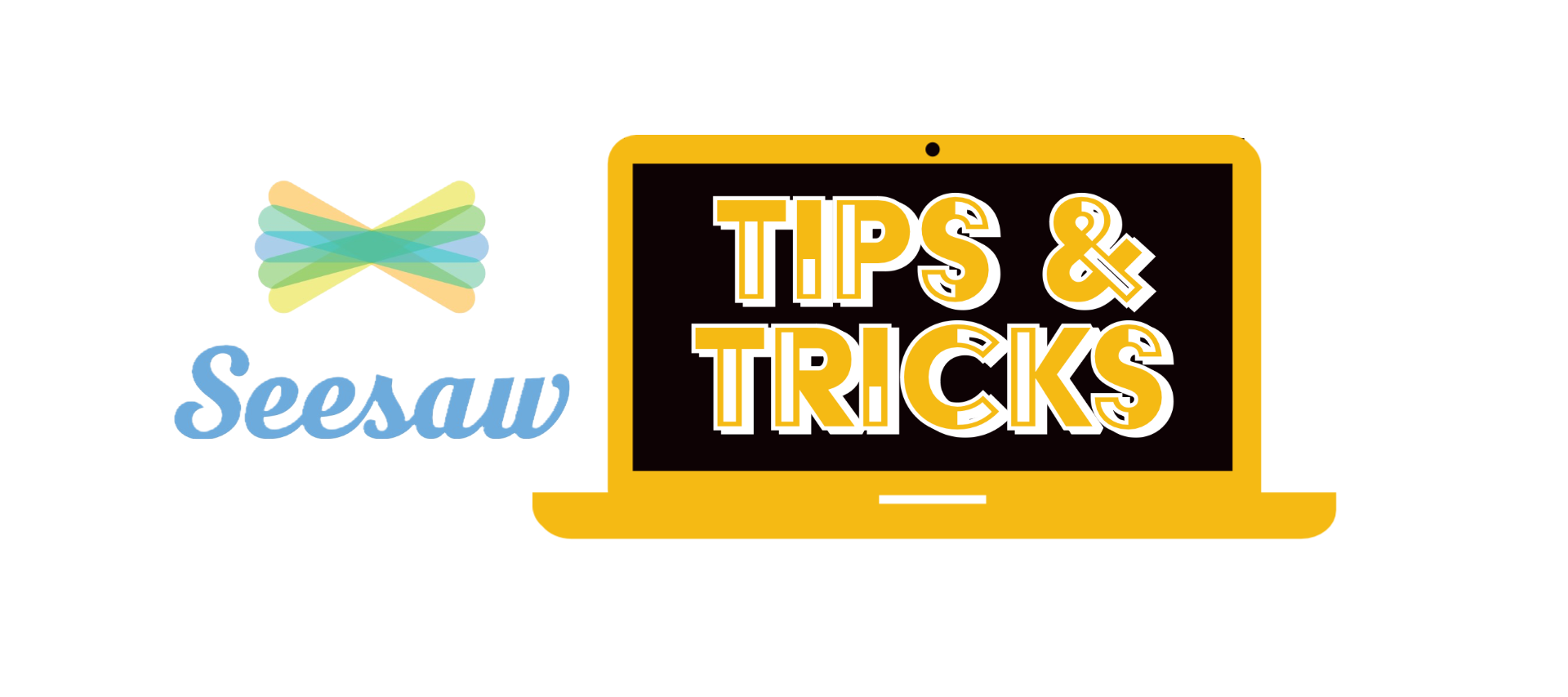Seesaw is a fantastic tool for capturing learning in the classroom. Teachers can empower students to create, reflect, share, and collaborate. Students “show what they know” using photos, videos, drawings, text, PDFs, and links. It’s simple to get student work in one place and share it with families. To help you kick off the new school year and maximize the capabilities of this tool, we have put together a few tips and tricks for using Seesaw in the classroom.
Add Co-Teachers
If you have students that work with specialists, you can add them to your Seesaw class. Adding them to your class will allow them to see the messages and activities that you share with your class. They will be able to check in with students and discuss or help them complete class activities.
Enable Sample Student
Are you wondering how an activity will look in the Seesaw Class App? Enabling a sample student will allow you to see what activities look like to your students when they are using the app. You can use sample student to go over activities that you have assigned to your students. You can also use a sample student to make sure all the links and directions are ready for student use.
Use the Seesaw Getting Started Guides
Access the Getting Started Guide and assign the “Student Challenges” to teach students essential Seesaw skills. In these 6 quick lessons, students learn to sign
in, post to their Journals, respond to activities, and use Learning Tools.
Use the Calendar View
Calendar View lives in the Seesaw Journal, and is a great way to view student work, see progress over time and see the journal grow throughout the school year. It also makes it easier to navigate back to specific assignments, or check to make sure all students have submitted their work for a particular day.
The calendar view allows you to browse Seesaw posts arranged by the specific date they were added. You can easily scroll back in time or jump to a specific date. You can also use advanced filters to narrow down the calendar activity.
Get Organized with Folders
Create a separate folder for each subject that you teach. As you assign an activity, add it to the correct subject folder. Keeping activities organized will help you and other specialists easily access past activities. You can also create folders to keep track of student work in a digital portfolio.

